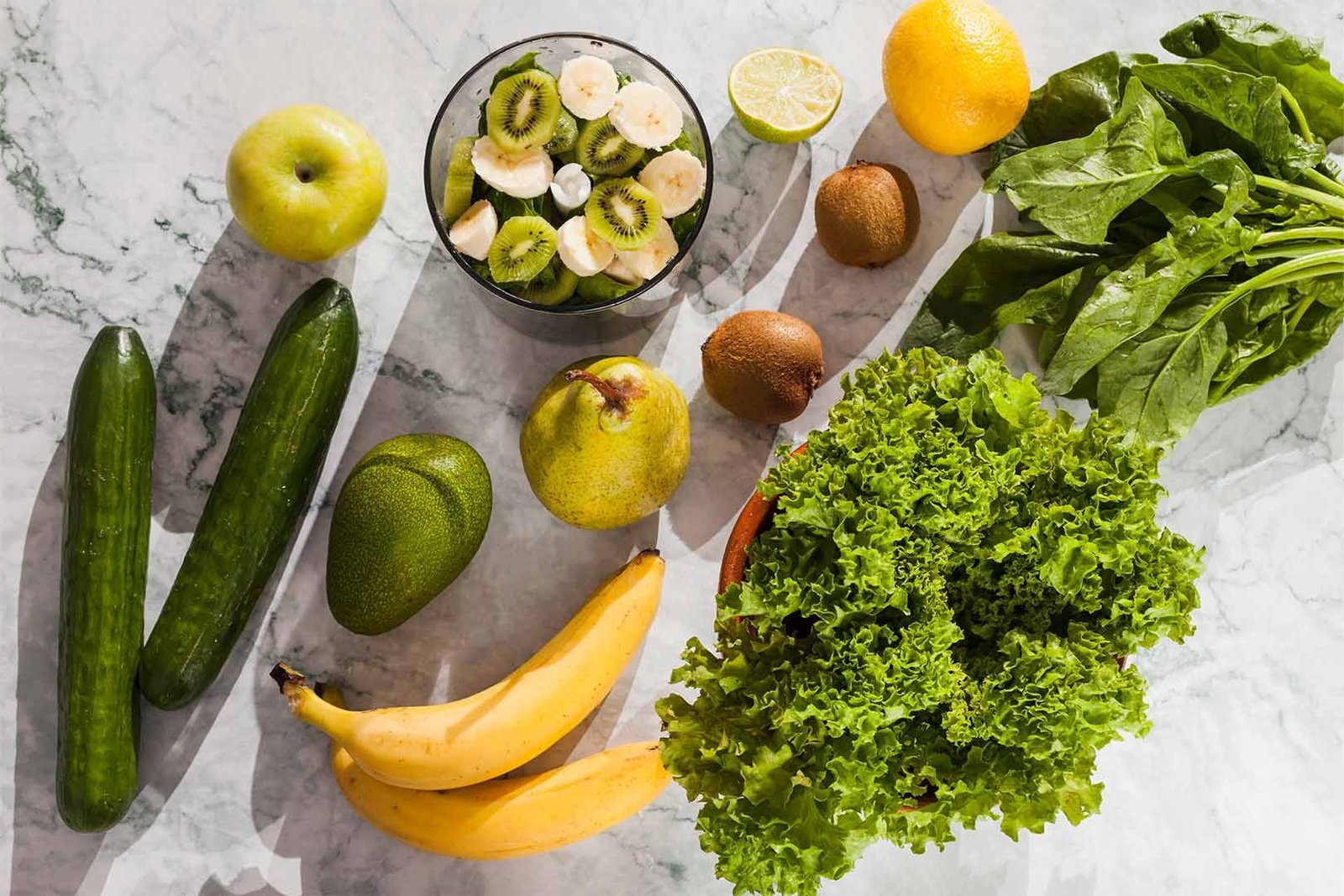
VG (Vegetable Glycerin)

- Origin: VG is derived from vegetable oils such as coconut oil, sunflower oil, or soybean oil through hydrolysis or transesterification processes. It is a colorless, odorless, and viscous liquid.
- Function: VG is commonly used in daily food as a moisturizer, preservative, and thickening agent in food products. It is also often used in the production of cosmetics and skincare products due to its high moisturizing properties.
- Moreover: VG is recognized for its humectant properties, which help to retain moisture in food products, keeping them fresh for longer periods. This makes it a preferred choice in many food applications, including baked goods, dairy products, and confectionery items.
PG (Propylene Glycol)
- Origin: PG is typically produced from propylene oxide, a chemical compound derived from propylene – a hydrocarbon extracted from petroleum or natural gas. Propylene oxide is then processed to produce PG.
- Function: PG is also widely used in daily food. It is commonly used as a preservative, thickening agent, or flavor carrier in food products such as ice cream, carbonated drinks, soft drinks, and even as a component of some types of medications.
- Moreover: PG is valued for its ability to enhance food texture and mouthfeel, contributing to a smoother and creamier consistency in various food items. Its versatility and compatibility with a wide range of food ingredients make it a versatile additive in the food industry, ensuring both quality and safety in food products.

